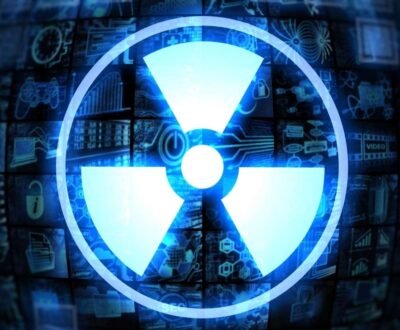3D mammography is a new technology in breast cancer detection. According to a research published in the Journal of American Medical Association, this technology has improved the detection of invasive cancers by 40 percent and reduced the rates of false positive results by 15 percent. It is also known by the name Breast Tomosynthesis. Though the traditional 2D mammography also aids in early cancer detection, it has diagnostic limitations in case of overlapping tissues , especially in dense breasts.

Hologic Inc is a company specializing in medical imaging systems. They have developed a new 2D imaging software called C-view (composite view) to accompany the 3D mammogram. This software creates 2D images , also called the C-view images,of the 3D tomosynthesis data collected during the mammography exams, which eliminates the need for additional 2D exposure. This combination helps the patients in having an exam that averages around 3.7 seconds per view which means they get to spend less time under compression making them more comfortable. Another biggest advantage of this C- view technology is it reduces the radiation dose by 40 percent.
This breakthrough technology is also known as Low Dose 3D Mammography. Hologic received FDA approval for their C-view 2D imaging software in May 2013 and its commercially available now. Studies are showing that screening with Hologic’s 3D mammography technology using C-View imaging results in a much better clinical performance compared to the conventional 2D mammography.
“Approval of our C-View software is an important evolution in Hologic’s 3D mammography screening program. Eliminating the need for additional 2D exposures will provide a better experience for patients,” said Peter Soltani, Hologic Senior Vice President and General Manager, Breast Health. “C-View software was developed to provide yet another option to imaging centers to improve patient care and clinical outcomes. Large-scale clinical studies have shown that screening with Hologic’s 3D mammography technology allows radiologists to visualize the breast in greater detail than with 2D mammography alone, which results in earlier detection of cancers while at the same time reducing the false positives associated with conventional 2D mammography that cause unnecessary anxiety and cost.”
Radiologists have found that C-view images are similar but different and superior than the traditional 2D images. C-view images provide higher contrast in the appearance of microcalcifications. In addition to providing much better visibility in some cases, C-view images can be obtained with zero dose of radiation. That is we get a full 2D dataset as part of a 3D study without any additional dose beyond the 3D images. Hence they are a perfect replacement for the traditional 2D images.However, C-view images cannot be reviewed themselves, they are reviewed alongside the 3D mammogram images. Findings obtained from the C-view data are confirmed and gauged in the 3D data before the doctor makes a diagnosis. 3D tomosynthesis images are still considered the crucial ones. The traditional 2D data set should also be used for comparison study.
Hence, the Low Dose 3D mammography is a reliable screening tool for breast cancer with a really low dose of radiation exposure. Many hospitals and clinics are upgrading their screening units in order to provide better care and treatment.
About us and this blog
We are a teleradiology service provider with a focus on helping our customers to repor their radiology studies. This blog brings you information about latest happenings in the medical radiology technology and practices.
Request a free quote
We offer professional teleradiology services that help hospitals and imaging centers to report their radiology cases on time with atmost quality.
Subscribe to our newsletter!
More from our blog
See all postsRecent Posts
- Understanding the Challenges of Teleradiology in India January 19, 2023
- Benefits of Teleradiology for Medical Practices January 16, 2023
- Digital Transformation of Radiology January 2, 2023









